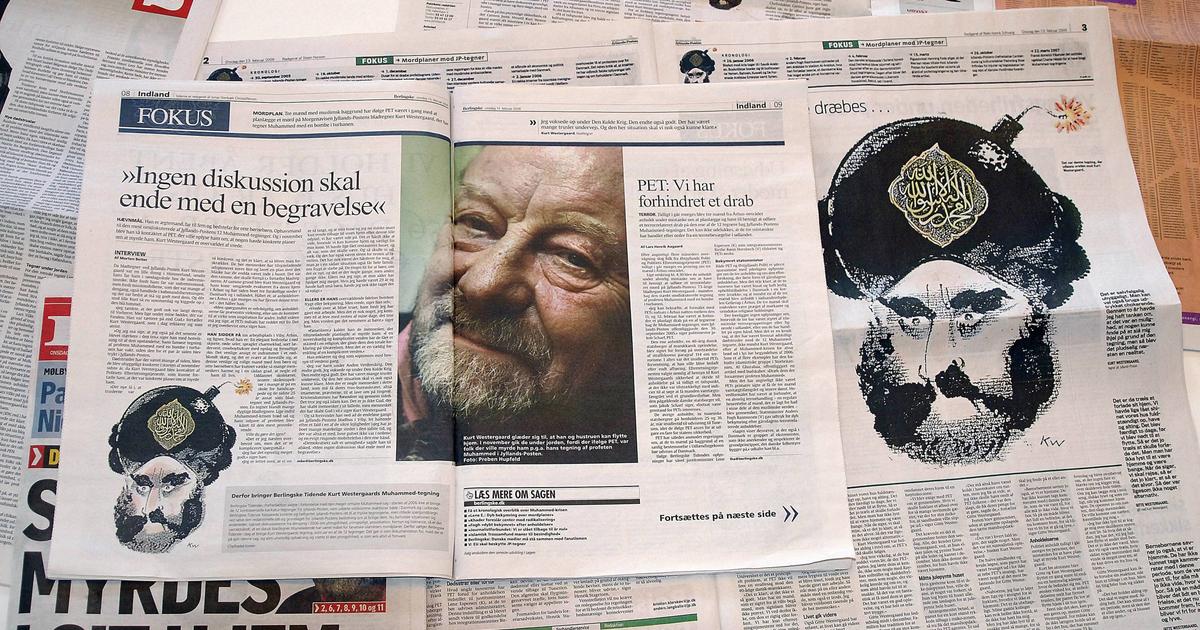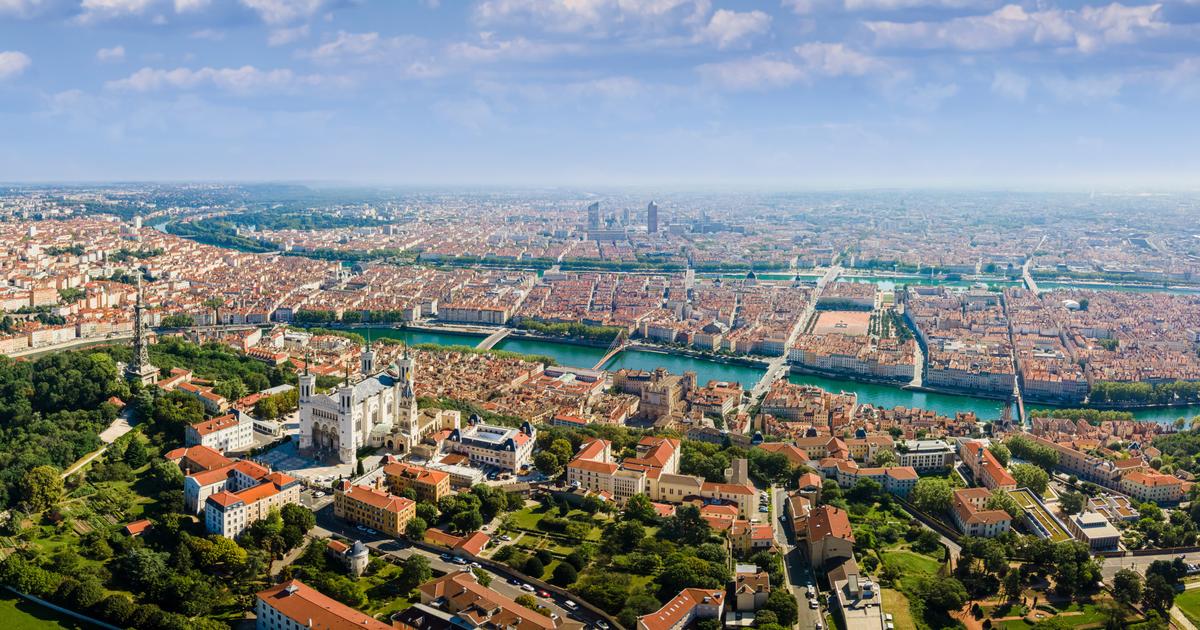In addition to Jutland and the islands in the Baltic Sea, Greenland also belongs to the Kingdom of Denmark.
Its land mass is many times larger than that of the heartland.
Denmark
has a coast on the North Sea and the Baltic Sea.
Both coastlines show large geographical differences, which had a strong impact on the settlement of the respective regions.
The Vikings played a dominant role
in the
history of
the Kingdom of Denmark for many centuries.
They conquered regions in the entire Baltic Sea area, but also in the area of influence of today's Great Britain.
Most of the Danish
population
lives in
cities
.
As the capital of the
state
, Copenhagen is
the only metropolis.
Copenhagen - On October 2, 1972, the majority of the voting
population
of
Denmark
decided to
join the European Community.
The Danish
state joined
on January 1, 1973. More than 20 years later, the first vote on the Maastricht Treaty, which was supposed to transform the European Community into the European Union, failed.
It was not until a second vote in 1993 that a majority of Danes decided to accept this agreement.
Seven years later, in 2000, Danish voters refused to join the European Monetary Union.
Denmark: The Beginnings of History and the Viking Age
During the 6th century, the colonization of
Denmark
by North Germanic tribes, later referred to as Danes, began.
They displaced competing Germanic tribes and settled in Jutland and on the Baltic islands.
In 811 the Danes made an agreement with
Charlemagne
.
In it they agreed that the river Eider should form the southern border of their territory.
This was split up into many small principalities.
They were
united
by
Gorm the Old
in a single, great kingdom after 900.
The Christianization of Denmark was driven by his son
Harald Blauzahn
, who was baptized in 960.
The Danish kings were able to achieve a strong expansion in the following decades, including on the British Isles, Norway and in the area of today's Schleswig-Holstein.
They were referred to as "Vikings" and were feared because of the looting, murder and other acts of violence committed by them in the course of their raids.
The successes of the Vikings reached
their peak
under
Waldemar I
in the first quarter of the 13th century.
As a colonial ruler, he incorporated a large part of the Baltic Sea region into the Danish kingdom, including the Baltic States.
There was cooperation with the German Order of the Brothers of the Sword.
This heyday came to an end in 1370 after the Danish king was forced to recognize the dominance of the Hanseatic League in the Baltic Sea region.
Denmark: Late Middle Ages to Modern Times
As a result of the defeat in the Baltic States, the Danish rulers turned to Scandinavia.
In 1397 they succeeded
in uniting
the three kingdoms of Norway, Sweden and
Denmark
in the Kalmar Union.
This organization existed until 1523 and was led by Danish kings.
After that, Denmark and Sweden fought numerous disputes over supremacy in Scandinavia.
In 1536, King
Christian III introduced
the Reformation to the kingdom, which in the following century went from an electoral to a hereditary monarchy.
During the Age of Enlightenment, various reforms were carried out in Denmark at the end of the 18th century, including in agriculture.
At the beginning of the 19th century a Danish national movement emerged with the aim of transforming the kingdom into a parliamentary republic.
In 1849 she succeeded in enforcing a constitutional monarchy with a constitution.
In the German-Danish War Denmark fought against Prussia and Austria for the Duchy of Schleswig.
After Denmark's defeat in 1871, Schleswig was integrated into the German Empire.
As a result, the kingdom decided to maintain neutrality in the future.
Denmark adhered to this principle both during the First and Second World Wars.
Nevertheless, in April 1940 Denmark was occupied by the German Wehrmacht.
Denmark was liberated by the Allied forces in 1945.
Denmark: From the end of the Second World War to the present
The Kingdom of
Denmark
joined the following organizations in the first few years after the war:
UN as founding member
NATO in 1949 (abandonment of neutrality)
Council of Europe in 1949
Nordic Council in 1952
It joined the EC in 1973 and created the prerequisites for Denmark's economic integration into Europe.
Denmark: State order and politics
Denmark is still a constitutional monarchy today.
A female succession to the throne has also been possible since 1953, and
Margaret II has been
the Danish head of state
since 1972
.
The Danish parliament is called "Folketing" and takes on the role of the legislature.
While the executive branch is formally the responsibility of the queen, this task is actually carried out by the Danish prime minister together with his cabinet.
Mette Frederiksen has been head of
the Danish government as Prime Minister
since June 27, 2019
.
In the Danish
state
these parties play an important role:
Conservative People's Party
Danish People's Party
Social Democratic Party
People's Socialists
Social democrats
Denmark: population, cities and language
Today around 5.8 million people live in the
Kingdom of
Denmark
.
In the last few decades there has been a steady increase in the population.
In 1960 only 4.6 million people lived in this Scandinavian
state
.
Denmark is not a multiethnic state, but has a very homogeneous
population
structure
.
Around 90 percent of the country's population are Danes.
The people who live in the German-Danish border area play a special role: A German minority has lived in the Danish north of Schleswig since the war with Prussia in 1871.
Like the Danish minority on the other side of the border, they enjoy numerous privileges, especially with regard to
language
and schooling.
In all other regions of the state, Danish is the only official language. Danish, like Swedish, is an Indo-European language of the North Germanic branch.
The population density is around 130 inhabitants per square kilometer.
The distribution of the Danish population across the individual regions is characterized by strong urbanization, around 85 percent of the population now live in cities or larger municipalities.
Copenhagen is the capital of the Kingdom of Denmark.
It has around 632,000 inhabitants, and around twice as many people live in the Copenhagen metropolitan area.
Copenhagen lies on several islands in the Baltic Sea.
This is where the Queen's residence is located and, along with the Parliament and the Prime Minister's office, also the political center.
In addition, the Copenhagen region is the country's economic and cultural center.
In addition to Copenhagen, there are numerous larger
cities
in Denmark
, including:
Aarhus: 217,000 inhabitants
Odense: 145,000 inhabitants
Aalborg: 120,000 inhabitants
Esbjerg: 73,000 inhabitants
Denmark: The Geography
The national territory of
Denmark
extends over an area of 42,921 square kilometers.
This number refers to the Danish heartland.
There is also Greenland, which belongs to the Kingdom of Denmark, with an area of 2,166,086 square kilometers and a
population
of just under 57,000 people.
The
geography of
Denmark is characterized by flat lowlands, comparable to the north German lowlands.
The country has over 1,400 islands in the Baltic Sea, of which only fewer than 100 are inhabited.
In Denmark, forests have been overexploited for centuries without reforesting them.
For this reason, the country is today, unlike its Scandinavian neighbors, very poorly forested.
Only about 12 percent of the total land surface is forested.
Dunes, heathland, moors and swamps shape the topography.
While Denmark's Baltic coast is highly structured and offers numerous bays, the North Sea coast is relatively uniform.
For this reason, only one larger port, Esbjerg, has been able to establish itself here.
Denmark has a moderate maritime climate with moderate rainfall, cool summers and relatively mild winters.









